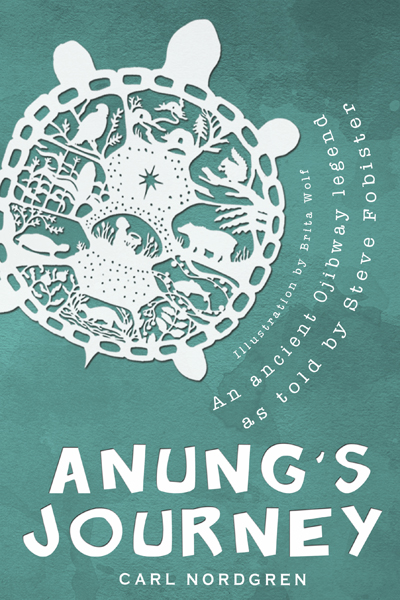As the planning continues for the launch of Anung’s Journey at the Museum of Ojibwa Culture on August 21st and 22nd, I have gotten to know Shirley Sorrell, the Museum’s Director. This woman is a delightful force for good in the world and I am lucky to have met her.
She has been the Director of the Museum for 13 years and the scope of new indoor and outdoor exhibits that have been added is impressive and it’s fun listening to her talk about what’s to come.
Right now they are building a new Huron longhouse and creating a documentary of the construction, capturing a demonstration of the old ways.
New wigwams are being added to the Ojibwa village.
Shirley recently helped a PhD student find a great research topic in the Clan system that resulted in another documentary capturing the purpose and effectiveness of the traditional family clans.
She brings the youth of the neighboring tribes together with elders so the generations can learn from each other.
And she is looking for new ways to grow the Tribal Youth Entrepreneurship program.
The Museum is open to the public with a donation requested. They could do so much more if they had more support.
You can order beautiful pieces of Native American art and handmade crafts from the museum – check out their store and call or email them for more information. Be sure to stop by if you ever find yourself in St. Ignace, Michigan.



